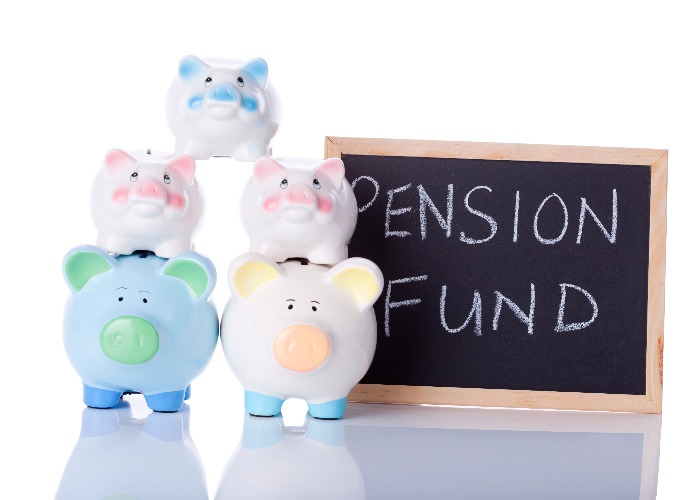
Some low earners are losing out on up to £720 a year through no fault of their own.
The amounts that we all save into pensions has enjoyed a boost in recent years, in no small part down to the actions of the Government.
Its auto-enrolment scheme, which forces employers to sign staff up to pension schemes and then contribute towards those pensions, has resulted in millions of people putting aside some cash for their later years, and that’s something to be celebrated.
However, there have been a number of mis-steps along the way too, with the current impasse over Pension Tax Credits and low earners a real sticking point.
Everything you ever wanted to know about pensions in one place
Low earners missing out on help they deserve
The issue comes down to the way that your employer handles your pension contributions.
Some employers operate a ‘relief at source’ set up.
Under this arrangement, tax is deducted from your pay, followed by 80% of your pension contribution from your net pay. Your pension provider then claims the tax relief from the Government.
This arrangement ensures that even people that don’t pay tax still enjoy tax relief, though Higher and Additional Rate taxpayers have to claim the additional tax relief to which they are entitled through their tax return.
The alternative is a ‘net pay’ structure. Here, your full pension contribution is deducted from your gross pay.
This method ensures that you receive the full rate of tax relief, without having to worry about claiming it through your tax return if you’re a Higher or Additional Rate taxpayer.
There is one concerning exception though – people who earn less than the Personal Allowance, and so do not pay Income Tax, do not receive any tax relief.
What is this costing?
According to a study by Royal London as many as 1.75 million workers are missing out on tax relief because of this strange situation, so it’s not like this is an isolated issue.
The tax relief involve can range from £35 to as much as £720 a year too, significant sums for anyone let alone low earners who may not have much in the way of a personal pension pot in place.
Royal London noted that it’s most likely to be women and part-time workers who are caught in this bind, where they fall between the minimum salary needed to be eligible for a workplace pension (£10,000) and the personal allowance (not standing at £12,500).
Protect your loved ones if the worst happens: get a life insurance quote from Active Quote
This situation is unacceptable
It’s bad enough that the Government is well aware of this situation and failing to act, but its justification for its inaction is little short of a disgrace.
Giving evidence to the Treasury select committee in Parliament last week, Philip Hammond, the Chancellor of the Exchequer, repeated comments made by John Glen, Economic Secretary to the Treasury, that to act on this loophole would not be cost effective.
He said: “John Glen is right in saying that the challenge for us with anything to do with auto enrolment and small scale savings is to make an intervention cost effective where it cannot be done automatically.”
This is appalling.
It doesn’t matter a jot whether it is cost-effective or not – that whether a low earner receives tax relief on their contributions is entirely down to decisions by their employer on how to handle those contributions is completely indefensible.
The whole point of workplace pensions is supposed to be that it gets people saving who previously were not, and let’s be honest, that’s more likely to be those on more modest incomes than high earners.
That the government is seemingly content to ignore more than a million low earners and deny them the help to which they are entitled, simply because it might actually cost them a few quid to fix, is a nonsense.
If it can afford to offer higher rates of tax relief to higher earners, then it can absolutely afford to ensure that the lowest paid enjoy the minimum level of tax relief on their pension contributions.
What do you think? Should the Government act to fix this 'loophole'? Let us know in the comments section below.
Interested in a SIPP or stocks and shares ISA? Visit the loveMONEY investment centre today
*This article contains affiliate links, which means we may receive a commission on any sales of products or services we write about. This article was written completely independently.